
The Ratel is a South African infantry fighting vehicle. It was the first wheeled infantry fighting vehicle to enter service worldwide and was built on a modified MAN truck chassis. The Ratel was designed in response to a South African Army specification for a light armoured vehicle suited to the demands of rapid offensives combining maximum firepower and strategic mobility. Unlike most contemporary IFVs, Ratels were not intended to fight in concert with tanks in a major conventional war, but provide strategic mobility to mechanised infantry units accustomed to operating independently across the vast distances of Southern Africa. The Ratel was a simple, economical design which helped reduce the significant logistical commitment necessary to keep heavier combat vehicles operational in undeveloped regions. It was generally regarded as an influential concept which incorporated a number of novel features, such as a mine-protected hull, an extended operating range of 1,000 kilometres, and a 20mm autocannon fitted with what was then a unique twin-linked ammunition feed, allowing turret gunners to rapidly swap between ammunition types during combat.

The South West Africa Territorial Force (SWATF) was an auxiliary arm of the South African Defence Force (SADF) and comprised the armed forces of South West Africa from 1977 to 1989. It emerged as a product of South Africa's political control of the territory which was granted to the former as a League of Nations mandate following World War I.

61 Mechanised Battalion Group was a unit of the South African Infantry Corps; although it was classed as mechanized infantry, it was a combined arms force consisting of infantry, armour and artillery.

The ZT3 Ingwe (Leopard) is a modern South African multi-role laser beam riding anti-tank guided missile (ATGM) manufactured by Denel Dynamics.

101 Battalion(pronounced as one-o-one Battalion) was a quick-reaction unit of the South West African Territorial Force, composed of black and white commissioned and enlisted personnel.

The RPG-75 is a portable, disposable, single-shot anti-tank weapon, developed in the 1970s in Czechoslovakia. It fires a 68 mm grenade with an effective range of 300 meters and maximum range of 1000 meters. It resembles the American M72 LAW rocket launcher. This RPG is recommended to be used on light tanks and armoured tracked vehicles.
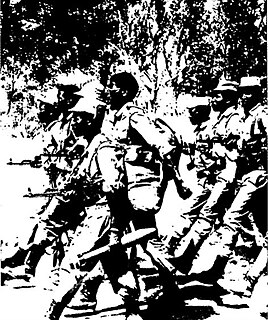
The People's Liberation Army of Namibia (PLAN) was the military wing of the South West Africa People's Organisation (SWAPO). It fought against the South African Defence Force (SADF) and South West African Territorial Force (SWATF) during the South African Border War. Throughout its history, PLAN had both irregular insurgent and semi-conventional units, as well as an extensive recruitment network in rural South West Africa (Namibia). During the war most of its domestic activities consisted of mine warfare and acts of sabotage. PLAN initially lacked any standing units, and the bulk of operations were carried out by political exiles who spent cyclical periods residing in refugee camps in neighbouring states before launching raids inside South West Africa itself. By the end of the war, PLAN had 32,000 militants under arms, including three battalions of semi-conventional troops equipped with heavy weapons.
Operation Boswilger was a military operation executed by the South West Africa Territorial Force in June 1985 during the South African Border War and Angolan Civil War. The SADF soldiers pursued SWAPO's, PLAN insurgents, who had attacked infrastructure, out of South West Africa/Namibia across the border into Angola.
Operation Firewood was a secretive military operation in 1987 by the South African Defence Force (SADF) during the South African Border War.
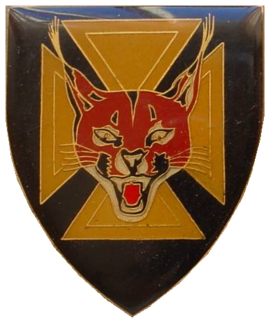
7 South African Infantry Battalion is a motorised infantry unit of the South African Army.

33 Battalion or the Eastern Caprivi Battalion, was a light infantry battalion that was part of the SWATF.
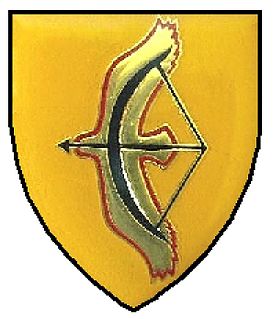
36 Battalion was a light infantry battalion in the South African Army and in later years became part of the SWATF.
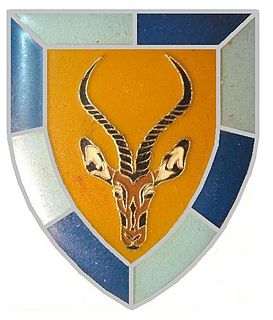
102 Battalion(pronounced as one-o-two Battalion) was a quick-reaction unit of the South West African Territorial Force. The battalion lost 36 men.
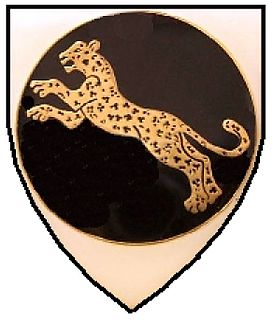
911 Battalion was part of the South West African Territorial Force's 91 Brigade.

1 SWASpes was part of the South West African Territorial Force.
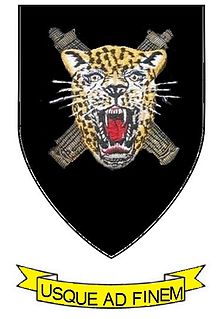
Regiment Erongo was a quick-reaction unit of the South West African Territorial Force.

913 Battalion was part of 91 South West African Brigade.
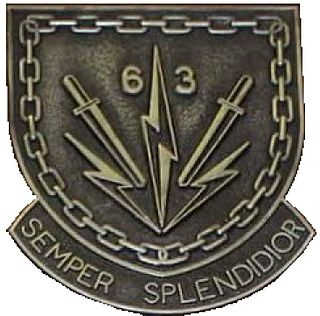
63 Mechanised Battalion Group was a unit of the South African Infantry Corps; although it was classed as mechanized infantry, it was a combined arms force consisting of infantry, armour and artillery. Together with 61 Mechanised Battalion Group and 62 Mechanised Battalion Group, these units made up 60 Brigade encompassing battlegroup principles.

62 Mechanised Infantry Battalion Group was a unit of the South African Army (SADF); although it was classed as mechanized infantry, it was a combined arms force consisting of a Mechanised Infantry Battalion forming the core of the group, Main Battle Tank Squadron, Armoured Car Squadron, Air-defence Battery, Engineer Squadron, Artillery Battery, specialists i.e. EW, MAOT, etc. and all the supporting staff and functions required for such a force.

South West Africa Command was a command of the South African Army.



















